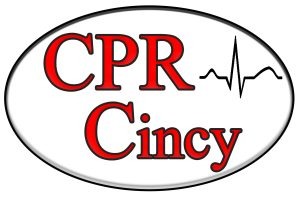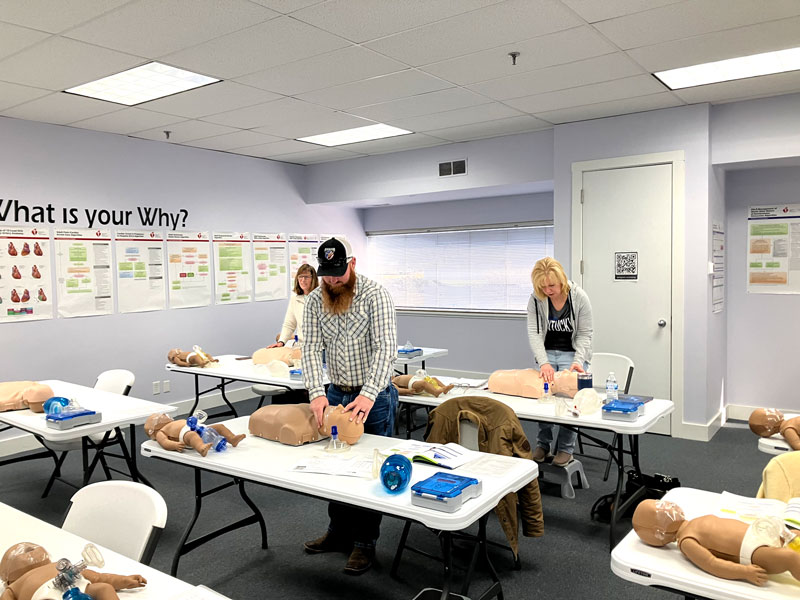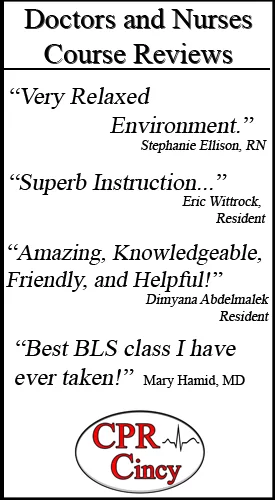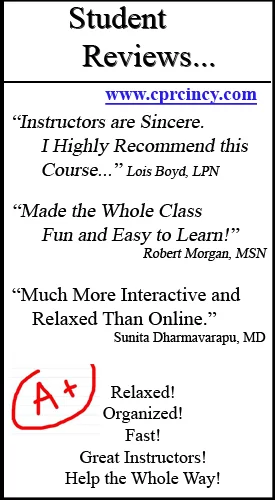If you’re looking to gain crucial life-saving skills and become BLS (Basic Life Support) certified in Cincinnati, you’ve come to the right place. In this guide, we’ll walk you through the process of obtaining your BLS certification, explain why it’s important, and outline the steps involved. Whatever your role in healthcare, BLS certification equips you to respond confidently and effectively during emergencies.
What is BLS?
BLS stands for Basic Life Support, and it refers to the fundamental level of medical care required to sustain life during emergencies. BLS techniques include CPR, providing artificial ventilation, and using an automated external defibrillator (AED). BLS certification ensures that individuals possess the necessary skills to respond appropriately in critical situations.
Why Get BLS Certified?
Obtaining BLS certification offers numerous benefits. It empowers you to provide immediate assistance to someone experiencing cardiac arrest, choking, or other life-threatening emergencies. By learning BLS techniques, you increase the chances of survival for those in need. BLS certification is often a requirement for healthcare professionals, including doctors, nurses, paramedics, and other medical personnel.
Who Should Get BLS Certified?
While CPR training is highly recommended for anyone interested in being prepared to respond during emergencies BLS certification is mandatory for healthcare professionals. Parents, teachers, coaches, lifeguards, and individuals working in public-facing roles can greatly benefit from CPR certification and should look into the American Heart Association’s (AHA) HeartSaver CPR training.
What are the steps to Get BLS Certified?
Find a BLS Provider:
Start by researching BLS providers in Cincinnati. Look for reputable organizations such as the American Heart Association (AHA) and their authorized training centers. Choose a provider that offers BLS courses aligned with the latest guidelines. CPR Cincinnati is an AHA Aligned Training Center that offers a stress-free certification experience.
Enroll in a BLS Course:
Once you’ve identified a suitable BLS provider, enroll in a BLS course. We offer both in-person and online options, allowing you to choose the format that best fits your schedule and learning preferences.
Attend the BLS Course:
Attend the BLS course, either in person or virtually, and actively participate in the training. The course will cover essential topics such as CPR techniques, proper use of an AED, and responding to choking emergencies. Make sure to ask questions and engage with the instructor and fellow participants.
Pass the BLS Exam:
After completing the training, you’ll typically need to pass a BLS exam to demonstrate your understanding of the concepts and techniques. The exam consists of multiple-choice questions, practical assessments, or a combination of both. Study the course materials provided and practice the necessary skills to increase your chances of success. Our experienced instructors are ready to ensure you pass your BLS exam and are prepared to use your skills in an actual emergency.
Receive Your BLS Certification Card:
Upon successfully passing the exam, you will receive your BLS certification card. This certification validates your competency in BLS techniques and serves as proof of your training. Ensure that you keep your certification in a safe place and make note of its expiration date.
Recertification:
BLS certification is valid for two years. It’s essential to stay up-to-date with your certification and renew it before it expires. Regular recertification ensures that you are knowledgeable about the latest techniques and guidelines, providing the most effective care during emergencies.
When to Renew Your BLS Certification?
As mentioned earlier, BLS certification expires after two years. However, specific organizations or employers may have their own recertification requirements. It is advisable to check with your BLS provider or employer to determine the exact timeline for recertification.
To recertify, you can follow these steps:
- Check Recertification Requirements: Review the recertification guidelines provided by your BLS provider or employer. They will outline the specific requirements and options available for recertification.
- Complete Recertification Course: Enroll in a BLS recertification course. This course is designed to refresh your knowledge and skills in BLS techniques. It may be a shorter version of the initial certification course, focusing on updates and key concepts.
- Attend the Recertification Course: Participate actively in the recertification course. Take advantage of hands-on practice sessions and engage in discussions with the instructor and fellow participants. This will reinforce your skills and ensure you’re up-to-date with any changes in protocols.
- Pass the Recertification Exam: Similar to the initial certification, you may need to pass a recertification exam. The exam will include written questions, practical assessments, or a combination of both. Study the provided materials and practice the necessary skills to succeed.
- Receive Your Recertification: You will receive a renewed BLS certification card upon completing the recertification course and exam. This certification reaffirms your competency in BLS techniques and extends the validity of your certification for the designated period.
By staying proactive and recertifying your BLS certification on time, you ensure that your skills and knowledge are current. This enables you to provide the best possible care and support during emergencies.
Obtaining BLS certification in Cincinnati is a valuable investment in your ability to save lives and respond effectively during critical emergencies. By following the steps outlined in this guide, you can complete your BLS certification journey. Remember to periodically recertify to maintain your proficiency and stay up-to-date with the latest techniques and guidelines. By becoming BLS certified, you join a community of individuals committed to making a difference in times of crisis. Start your journey today at CPR Cincinnati and be prepared to be a life-saving hero in your community.






